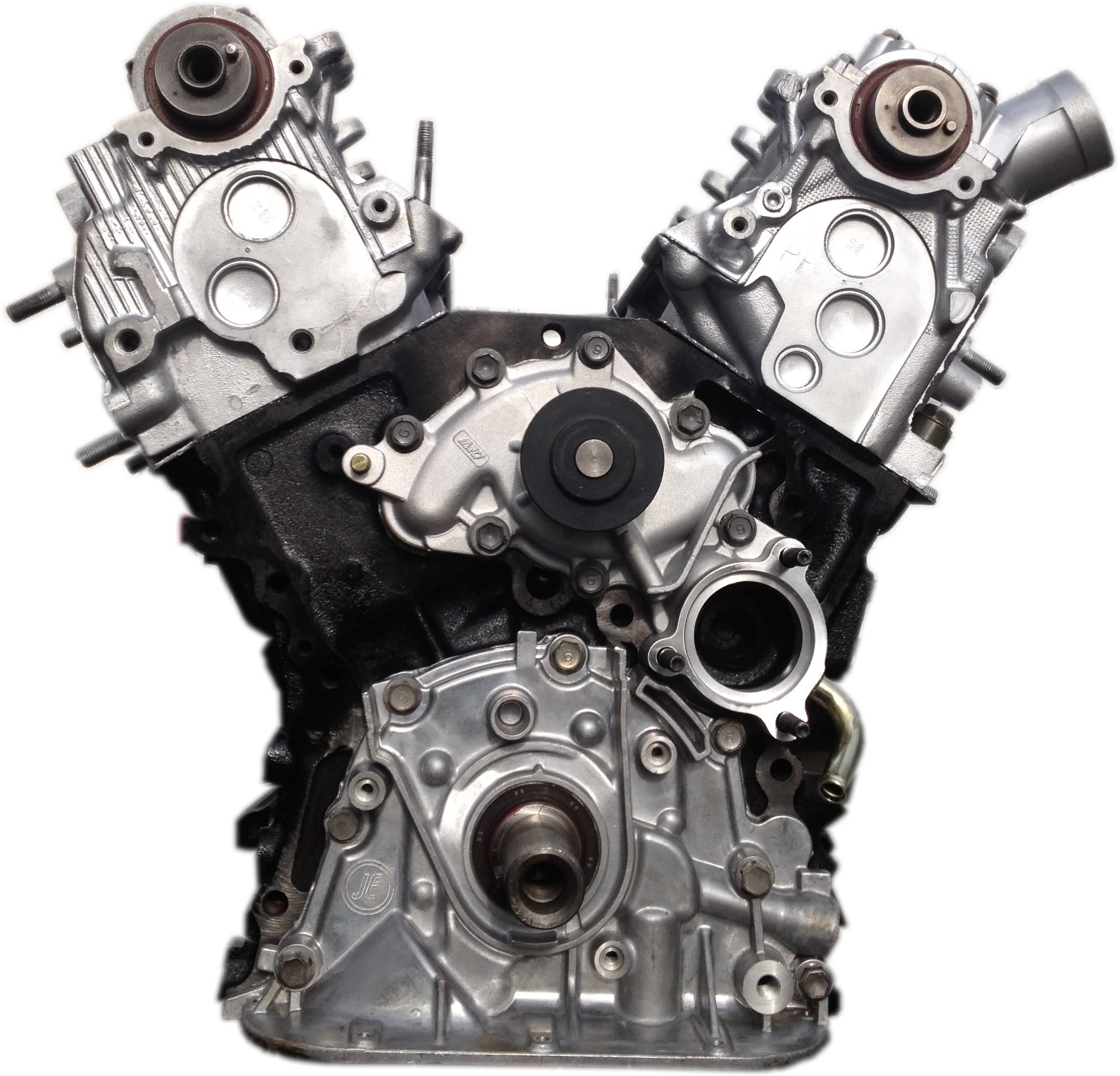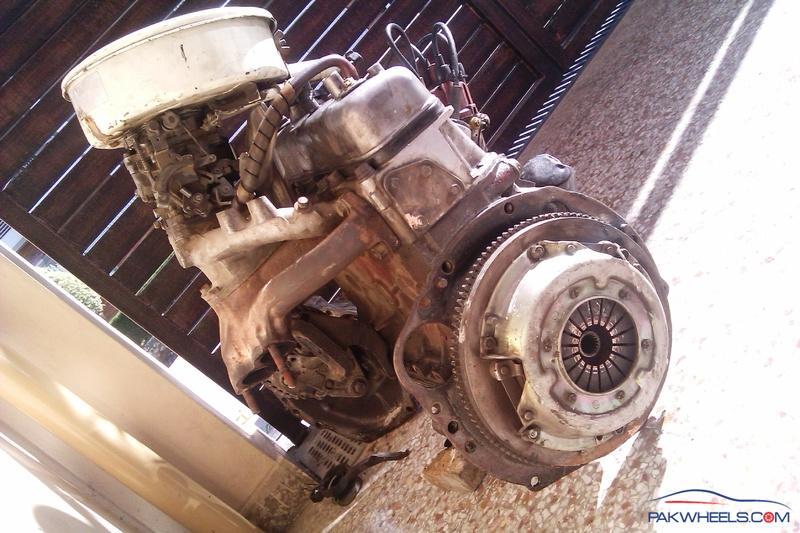


This chapter considers technologies and associated costs for reducing fuel consumption in SI gasoline engines. With this continuing dominance projected for spark-ignition gasoline engines, technologies for reducing the fuel consumption of these engines will be essential for achieving the future CAFE standards. Of the 98 percent of gasoline engines, 15 percent are projected to be in stop-start (SS), 26 percent are projected to be used in mild hybrid electric drivetrains (MHEVs), and 5 percent will be used in hybrid electric drivetrains (HEVs). 1 The EPA/NHTSA projected compliance demonstration path for the industry fleet as a whole, shown in Table 2.1, indicates that SI engines are projected to be used in 98 percent of the 2025 MY fleet, with 2 percent projected to be battery electric vehicles. EPA and NHTSA, in their analysis for the MY 2017-2025 standards, have projected potential compliance paths for each company and for the industry fleet as a whole using the Environmental Protection Agency’s (EPA) OMEGA model and the National Highway Traffic Safety Administration’s (NHTSA) Corporate Average Fuel Economy (CAFE) model, also known as the Volpe model (EPA/NHTSA 2012a). This dominance is expected to continue through the 2025 time frame and beyond. The spark-ignition (SI) engine, fueled with gasoline, has long been the dominant engine for the light-duty fleet in the United States. Technologies for Reducing Fuel Consumption in Spark-Ignition Engines


 0 kommentar(er)
0 kommentar(er)
